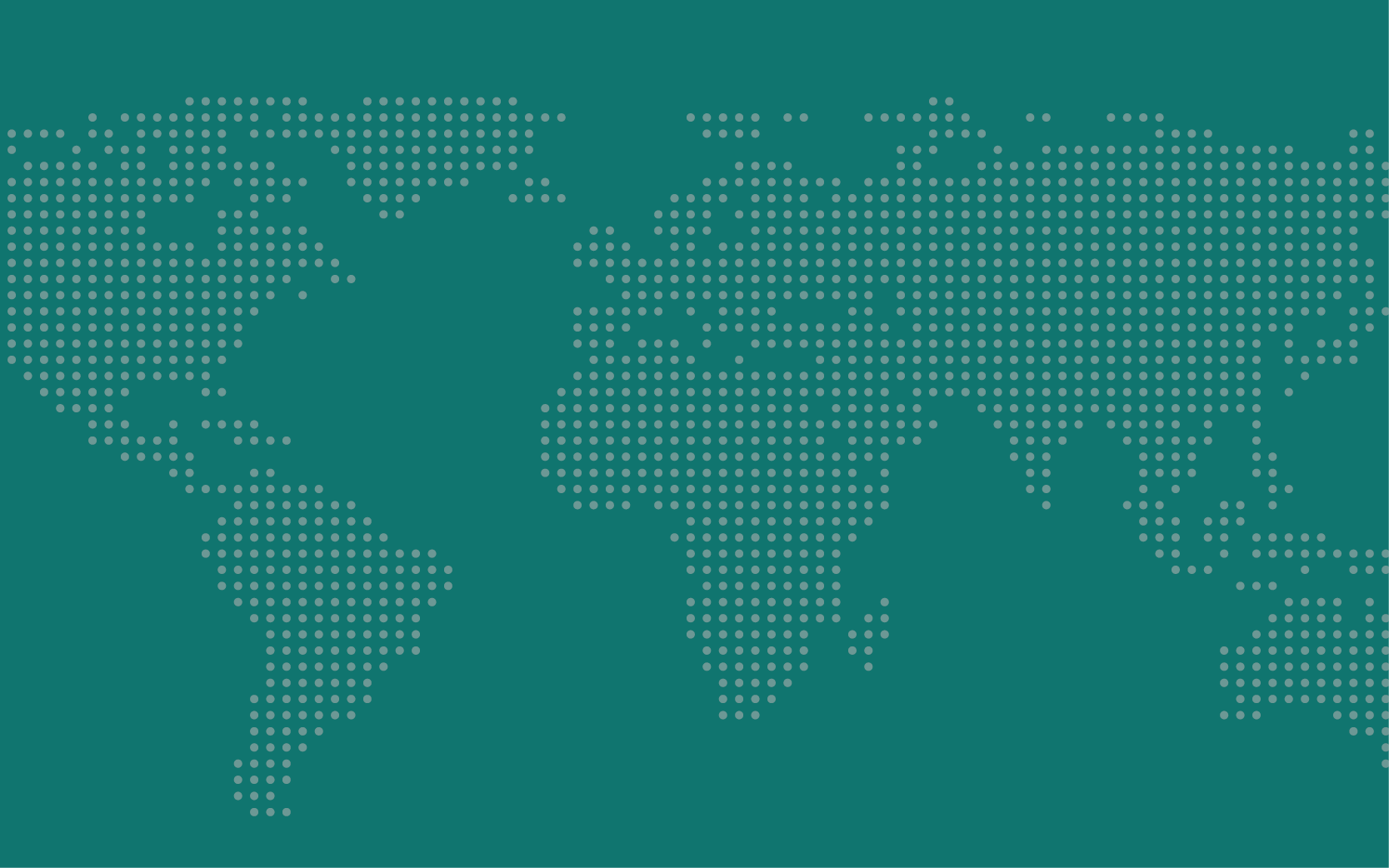How Violence Against Journalists Affects the News
In analysis for Political Violence At A Glance, an IGCC-supported blog dedicated to political violence and its alternatives, Cassy Dorff, an assistant professor at Vanderbilt University, Colin Henry, Ph.D. candidate at the same university, and Sandra Ley, an associate professor at the Center for Research and Teaching in Economics in Mexico City, analyze how journalists are affected by increased crime and violence, and find that journalists get even more specific in their reporting in the face of potential threats.
According to the Committee to Protect Journalists, Mexico is one of the most dangerous countries in which to practice journalism. The murder of Miroslava Breach exemplifies the risky environment in which Mexican journalists work. After reporting on the collusion between organized crime and local politicians in Chihuahua state, Breach was shot eight times in her car outside her home by a member of a local criminal group. Her assassination remains unresolved by judicial authorities.
While journalists in Mexico have faced violent government repression for decades, they have been at a greater risk since 2006, when the Mexican government began an open confrontation against organized criminal groups and consequently intensified the competition among these organizations. As part of these turf wars, organized criminal groups have attempted to exert stronger controls over their territories, including control over the press and the flow of information. Criminal groups have an interest in media content because it can reveal their strategies or location, undermine the protection they receive from local politicians, result in unwelcome attention, weaken their territorial control, and put their criminal activity at risk.
Journalists’ reactions to targeted criminal attacks in Mexico have been diverse. Many journalists across Mexico admit to having to remain silent and avoid publishing information that could put them at risk. In 2011, as violence began to increase rapidly after the initial militarized response to organized crime under President Felipe Calderón, hundreds of newspapers, radio, and television stations made a public agreement to change their coverage of crime-related events. Among other things, these media outlets agreed to avoid using language used by criminals, omit publishing messages left by criminals, and make the perpetrators of violence clear to readers. The logic behind this collective compromise was to avoid being used as a propaganda tool by organized crime.
We know of only a few news organizations that have directly reached out to criminal groups to demand answers on how to protect reporters from further violence. The consequence of this strategy is unclear, since making such communications public naturally makes reporters even more vulnerable. When criminal groups do contact media outlets, it is to tell them what, how, and when to report violent events, but reporters continue to be targeted even when they comply with these rules.
Despite rising dangers and the allure of self-censorship, journalists in Mexico have continued to inform the public about crime and violence in their localities. How have the risks they face affected news coverage of these events?
Read the full blog post at Political Violence At A Glance.

Global Policy At A Glance
Global Policy At A Glance is IGCC’s blog, which brings research from our network of scholars to engaged audiences outside of academia.
Read More